Despite having increased electricity prices twice, Vietnam Electricity Group (EVN) has still recorded continuous accumulated losses over the past two and a half years. Why?

Specifically, the accumulated loss in 2 consecutive years 2022 - 2023 is 47,500 billion VND, the first 6 months of the year lost about 13,000 billion VND. Although this loss has decreased compared to the same period last year, which was 15,000 - 16,000 billion VND, the group will still find it difficult to return to positive profits, despite efforts to optimize operations and save costs to the maximum extent.
Buying expensive electricity sources increases
According to Tuoi Tre's research, one of the biggest costs in the current electricity price structure is the power source, accounting for up to 80%. EVN The purchasing power is changing in the direction of increasing sources of high-priced purchases and vice versa. This creates huge cost pressure for EVN in balancing its finances when many costs that were previously fixed now arise as new costs.
Specifically, hydropower is currently the only type of electricity with a low average commercial price, lower than the price of electricity sold to users. However, hydropower output will decrease sharply in 2023 compared to 2022 (down 16.3 billion kWh, from 38% to 30% in 2023 in total output) due to prolonged drought, lower water levels in hydropower reservoirs. Meanwhile, electricity output from other sources such as coal-fired thermal power, gas turbines, renewable energy with prices much higher than the price of electricity will increase in proportion from 62% in 2022 to 70% in 2023.
In addition, the cheap gas reserves in Block 06.1 (with gas price at the mine being nearly 3 USD/million BTU) have been sharply reduced. Therefore, gas turbine thermal power plants have to receive gas from mines such as Hai Thach - Moc Tinh, Sao Vang - Dai Nguyet, Dai Hung - Thien Ung at high prices. However, the gas source received from these mines is not enough to meet the power generation capacity of gas turbine plants according to the system operation requirements.
Along with that, the demand for electricity consumption has increased over the years while there are not many new low-cost power source projects put into operation. EVN's data shows that in 2023, the total electricity output purchased and imported at the delivery point increased by 11.8 billion kWh compared to 2022, corresponding to an increase of 4.6%. EVN also has to buy additional electricity from sources with production costs much higher than the retail price of electricity, including thermal power sources using imported coal and high-priced oil-fired thermal power.

Many pressures from input costs
In addition, pressure from exchange rates is also a big burden for EVN. Accordingly, the average USD exchange rate in 2023 is 23,978.4 VND/USD, an increase of 448.5 VND/USD compared to the average USD exchange rate in 2022 (23,529.9 VND/USD), corresponding to an increase of 1.9%.
The increase in exchange rate has increased the cost of purchasing electricity from power sources with contracted purchase prices in foreign currency (USD) or fuel purchase prices in foreign currency (USD).
Not to mention, the price of blended coal (between domestic and imported coal) in 2023 supplied by TKV and Dong Bac Corporation to thermal power plants is still maintained at a high level. Specifically, the selling price is 29 - 35% higher (depending on the type of coal) than the price of blended coal applied in 2021 (the period before the coal price increased dramatically in 2022 - 2023).
In addition, in 2023, TKV has converted most of its thermal power plants (such as Quang Ninh 1&2, Pha Lai 1&2, Mong Duong 1, Duyen Hai 1...) using x.10 coal to x.14 coal with higher coal prices, from about 170,000 to 350,000 VND/ton depending on the type of coal.
It is worth noting that in the current structure of power sources, EVN and its member companies only account for 37% of the power source capacity. If only counting the plants under EVN, this proportion is only 20%, the remaining 80% is purchased from independent power plants. That means the input costs from the power sources that EVN is buying are at a loss, meaning it is "bearing the loss" on behalf of independent power plants because EVN has to buy input power at market prices, but sells it at a price lower than the cost price.
Recently, at the meeting of the State Capital Management Committee, EVN leaders said that 82% of EVN's cost price comes from electricity. Although the group has saved 2,000 billion VND, the remaining 18% of the cost price of electricity comes from other sources. Therefore, despite efforts to optimize the system, the ratio of other costs accounting for only 18% cannot compensate for the cost of purchasing electricity.
Input parameters for the electricity production process (foreign exchange rates, coal, gas, and oil fuel) have basically fluctuated according to the market, directly affecting the cost of purchasing electricity from power plants according to the provisions of the power purchase contracts between EVN and the power plants. However, EVN must implement the Government's electricity price management policy, which is to ensure that electricity price adjustments are not jerky, have a roadmap, maintain political stability and social order and safety, and harmonize the interests of businesses and people.
Therefore, although electricity prices have been adjusted up twice in 2023, with input costs continuously increasing while retail electricity prices are not adjusted accordingly to market fluctuations, EVN continues to suffer losses.

Worry about investment capital for the future
With the above difficulties, it is easy to see the huge challenges in capital for power development. According to the Power Master Plan 8, by 2030 this demand will be 119.8 billion USD, meaning that 11 - 12 billion USD will be needed each year. According to Mr. Le Minh - an expert in the oil and gas sector, with the current situation, EVN's ability to arrange capital will be very limited because there is no longer a government guarantee mechanism. Meanwhile, accessing ODA capital requires basic commitments, while commercial loans require proving project efficiency, so it will not be easy to mobilize capital.
"While capital mobilization is difficult, the policies being built to attract investors to participate in the electricity industry are still incomplete. If it continues as it is now, EVN will find it difficult to recover when it has to buy electricity at high prices and sell at low prices. It is even more difficult when investors are not interested in investing in source and grid projects, because the industry's profit margin is very low, only 5 - 8%. At that time, if the full generation capacity is not mobilized, the profit will be zero or the loss will be very large. In the long term, these issues need to be resolved," Mr. Minh analyzed.
Agreeing, Dr. Nguyen Huy Hoach - energy expert - said that in order to mobilize huge capital, there must be a mechanism to attract financial institutions and foreign investors to participate. However, the current electricity price policy and power purchase contract are not really attractive enough for investors, so it will be very difficult to build and put into operation double the power source capacity by 2030 according to the set target.
Therefore, he recommended that the mechanism should be implemented soon. electricity price The two components, which will be tested from this year, are expected to be a way out for EVN and power source investors, ensuring that electricity bills are "paid correctly and fully" in line with actual electricity usage. In the long term, it is necessary to perfect policies on the basis of building a complete Electricity Law, with a long-term mechanism to attract investors to participate.
Source



























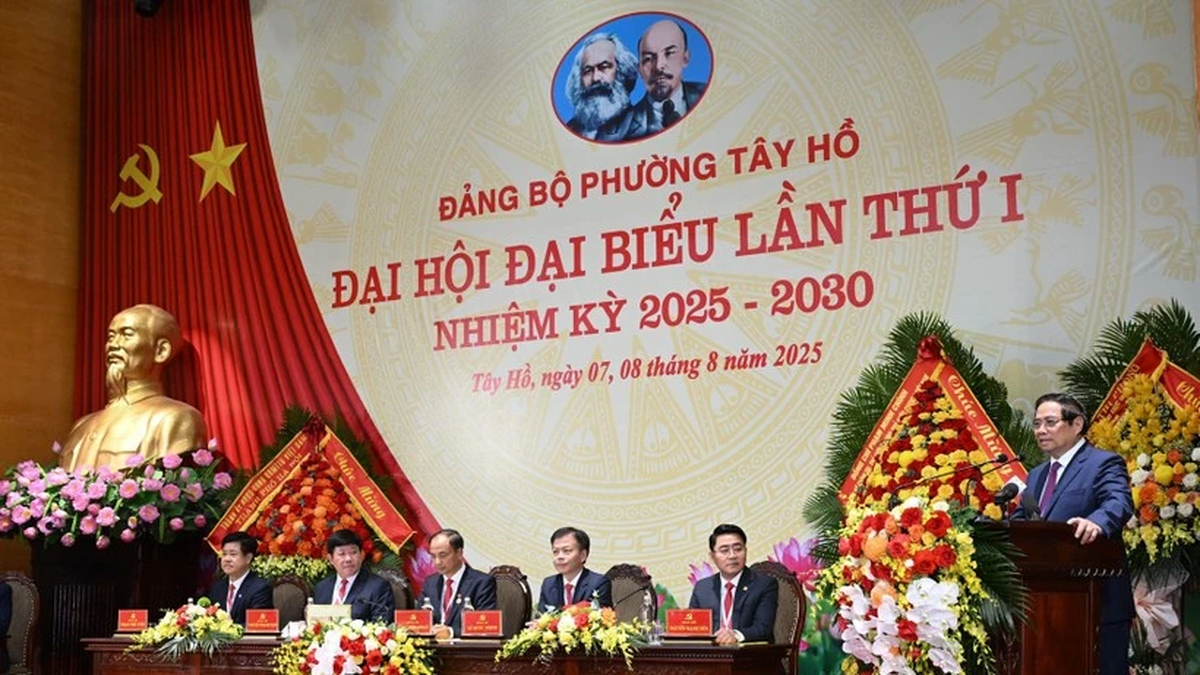



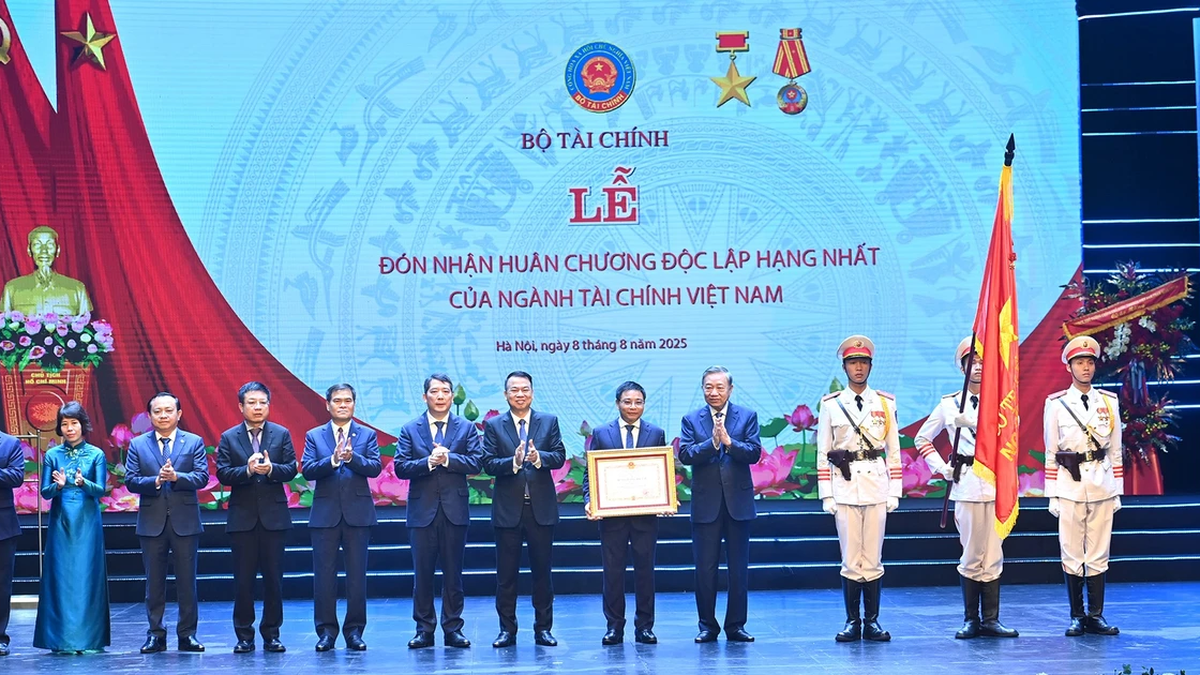




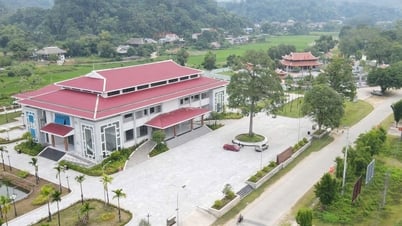







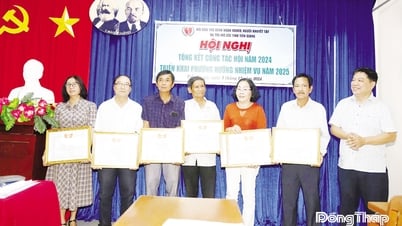















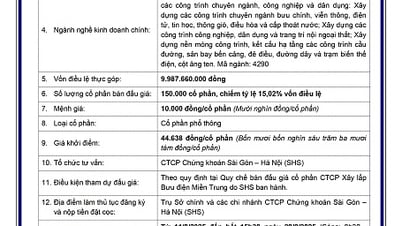
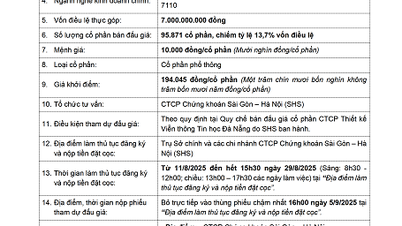

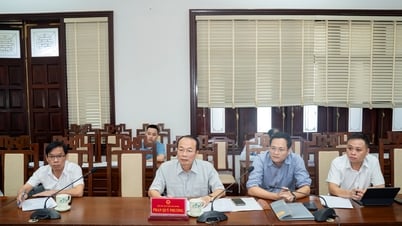
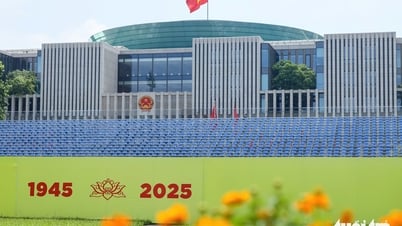








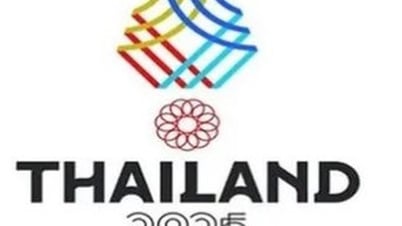



























Comment (0)